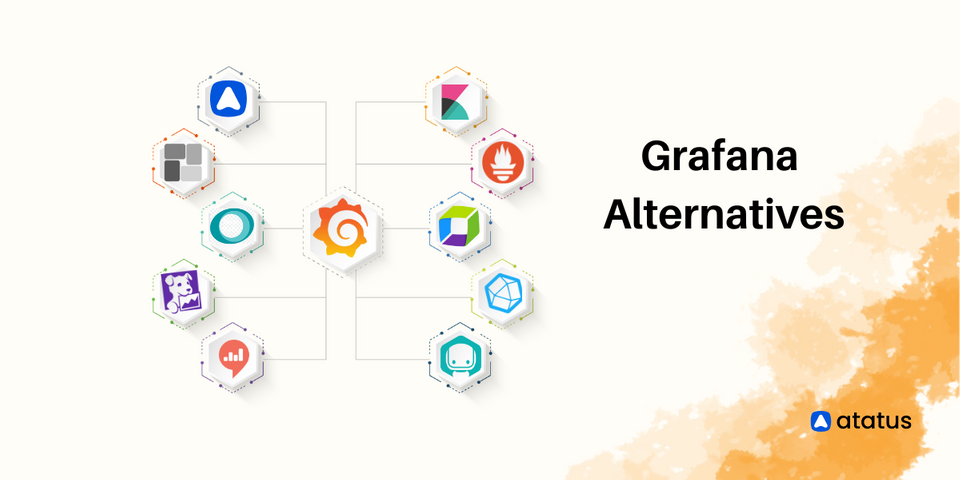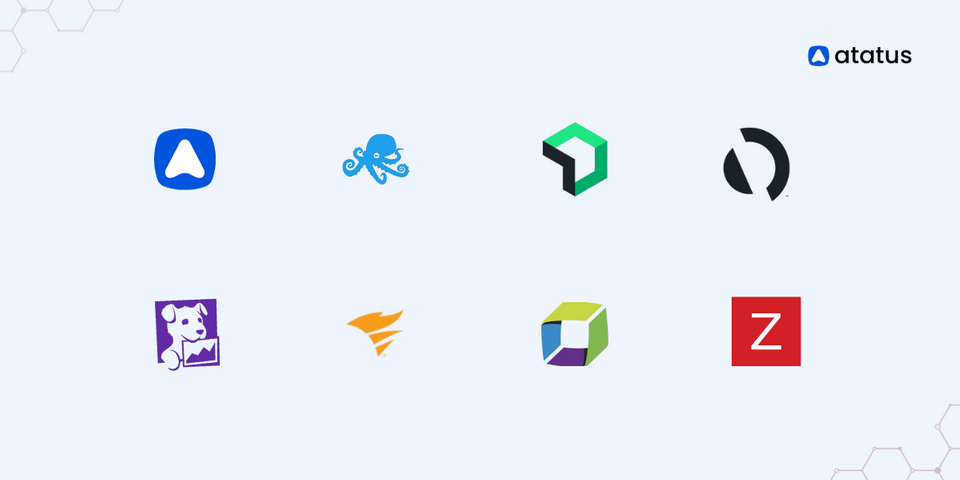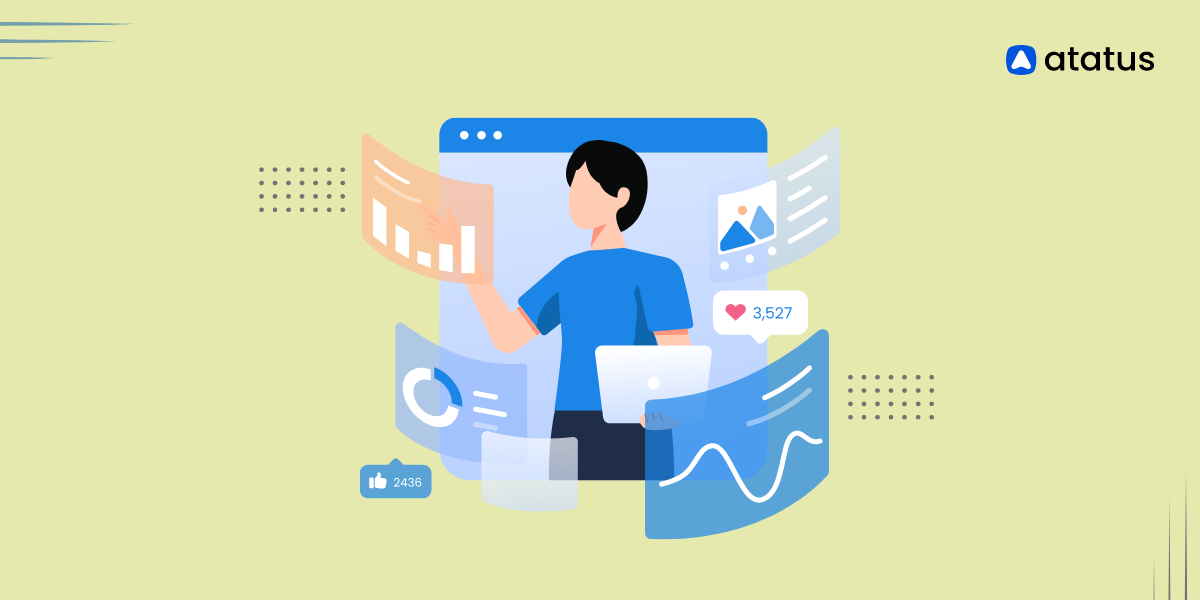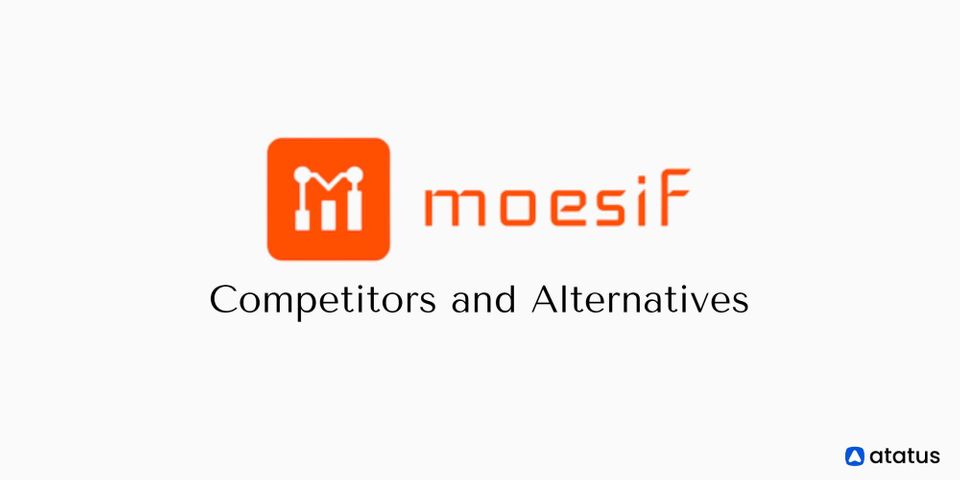10 Best Grafana Alternatives
Grafana is a powerful open-source data visualization platform created by Torkel Ödegaard in 2014.
With its front-end written in Typescript and a Golang back-end, this data monitoring platform allows users to create and share interactive and dynamic dashboards with custom charts and panels using data from various sources, including InfluxDB, Prometheus, Elasticsearch, and many others.
Template variables are also available as dropdown options to create dynamic and reusable dashboards.
As its default database, Grafana uses a time-series database rather than an Online Analytical Processing engine (OLAP). As a result, it is ideal for IT metrics like server uptime and API latency but less suitable for business metrics that require cutting data into segments like customer segments, product categories, and zip codes.
Now, this is a limiting factor, especially when looking for a whole-packed business reporting and data exploration model.

Sometimes its extra-technical nature has also been a letdown for non-technical business users. This leads us to our next question. If not Grafana, then what? You will be amazed to know there are a slew of versatile data monitoring products in the market today, and we will run down on the best 10 of them here.
1. Atatus
Atatus is a SaaS-delivered application performance and error-tracking tool that offers full-stack visibility for all your applications.
Millions of performance data points from across your applications can be dynamically collected by the platform, enabling you to resolve issues more rapidly and enhance the digital user experience.
And with the flexibility of cloud or on-premise deployment, everything takes place in real-time in the field.
Atatus provides a user-friendly interface for creating custom dashboards to display metrics, alerts, and other data, making it easy for organizations to display data in a way that makes sense for their business needs.
It supports alerting based on performance thresholds, making it easy to monitor performance and receive notifications when performance issues arise.
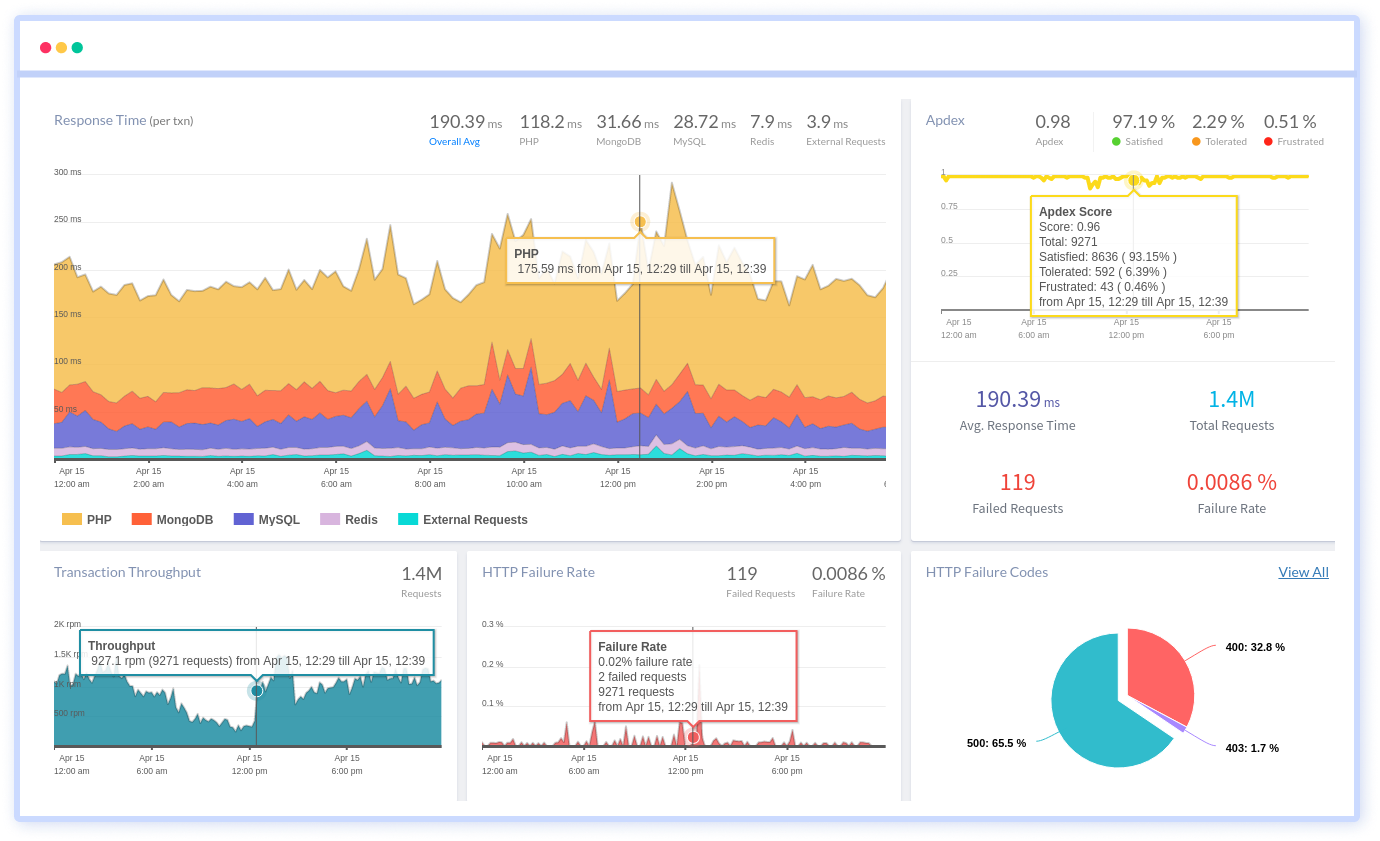
Pros:
- User-friendly interface.
- Real-time monitoring of performance data.
- Tools for exploring and analyzing data.
- Interactive model.
- Wide range of performance metrics such as response time, latency, throughput, apdex score, HTTP failure codes and much more are covered.
- Regular, precise alerts feature.
- Nominal pricing.
2. Kibana
Kibana is a web-based analytics platform that collects data from different sources and displays them. It is a part of the three-pronged Elasticstack along with Logstash and Elasticsearch.
Since it's written in java, developers and non-developers can work on it alike.
Using Kibana with Elasticsearch, you can search, view, and visualize indexed data. It allows you to create charts, tables, histograms, and maps. Multiple visualization methods are combined in its Dashboards to provide a processable view of large data sets.
Kibana performs well when visualizing data from Log management, Infrastructure monitoring, APM, SIEM, or Business.
Kibana’s data visualization pointers:
- Kibana offers various types of visualizations, such as bar charts, pie charts, line graphs, etc. Choose the visualization that best represents your data.
- You can filter the data based on specific conditions to show only the relevant information.
- It provides various aggregation features, such as sum, average, count, etc., which can be applied to the data to summarize it and make it easier to understand.
- Kibana offers various options to customize the visualizations, such as changing the axis labels, adding a title, adjusting the colors, etc.
- You can save visualizations and share them with others by exporting them or embedding them in a dashboard.
- It also allows you to create multiple visualizations and combine them in a dashboard to understand your data better.
- Kibana has a rich library of plugins that can enhance its capabilities, such as adding new visualizations, integrating with other tools, etc.
Among Kibana's main advantages is that it allows you to analyze logs in a way that Grafana cannot.
Cons:
- It is an integrated product; it requires services from other products of the ELK stack
- Less number of dashboards
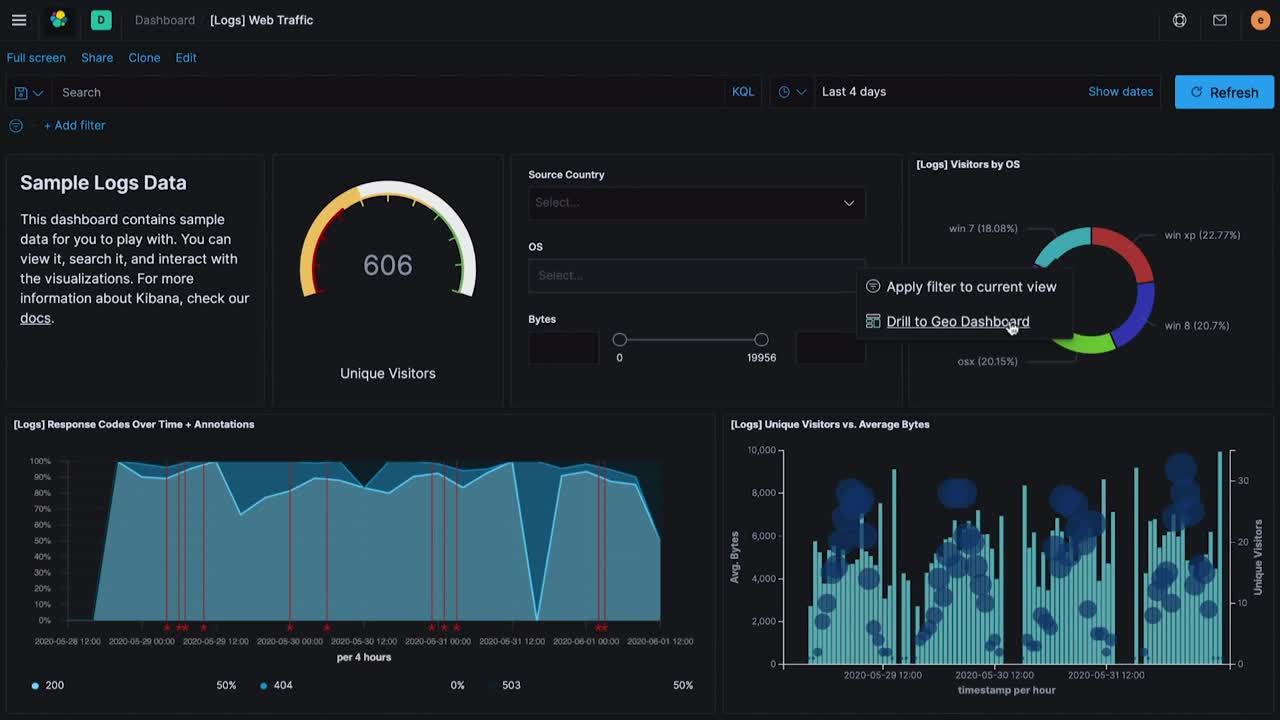
3. Instana
Instana is a cloud-based observability platform for application performance management (APM) and IT operations.
It helps organizations to monitor and manage their microservice-based applications and infrastructure by providing real-time visibility, automated anomaly detection, and performance optimization.
Instana uses artificial intelligence and machine learning algorithms to automatically detect performance issues, identify root causes, and provide recommendations for resolution.
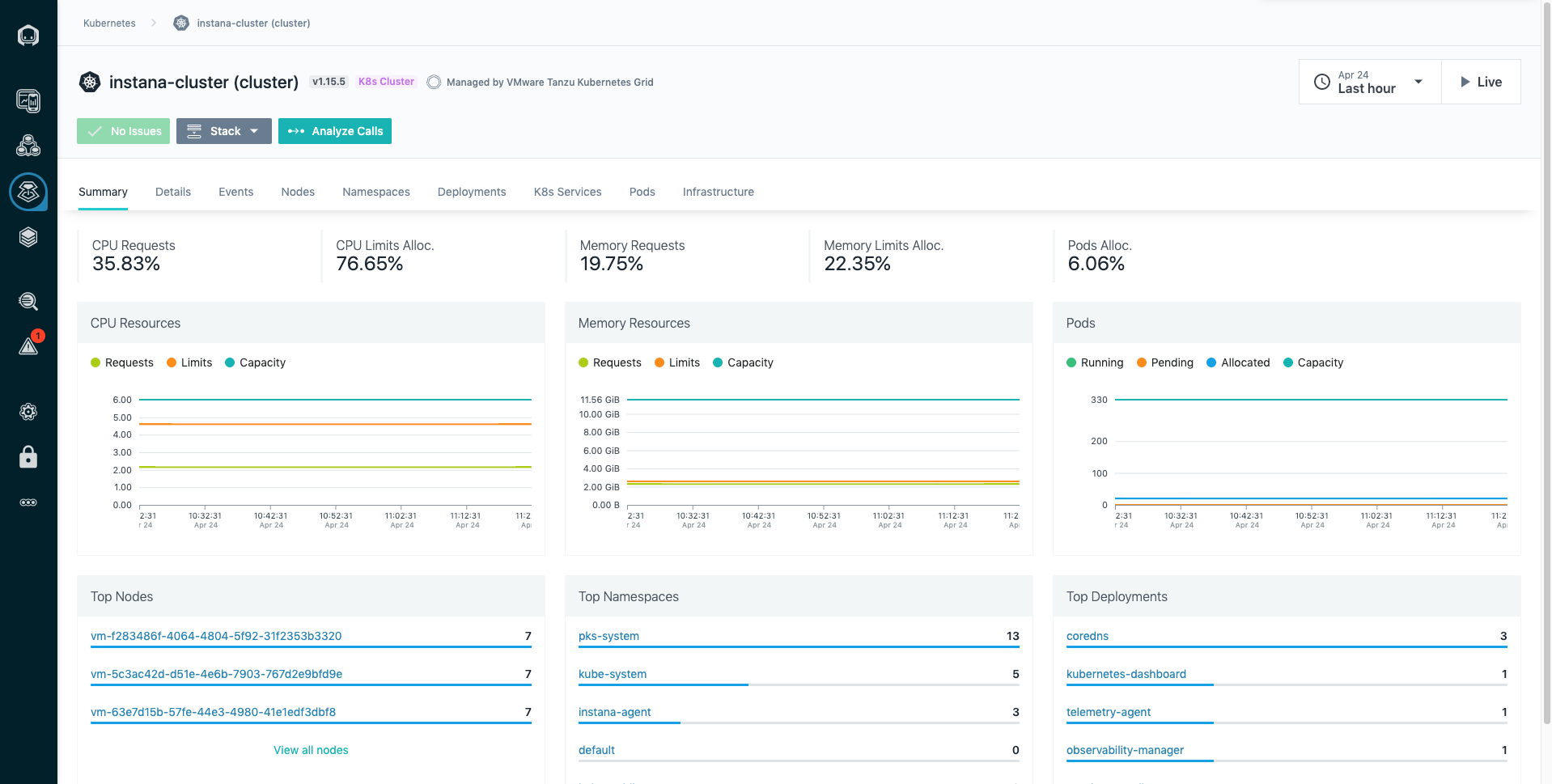
- Customizable dashboards provide a consolidated view of key performance metrics, including CPU utilization, memory usage, request latency, and more.
- Interactive topology maps provide a visual representation of the components of an application and their relationships, helping teams to understand how changes in one component can impact other parts of the application.
- Graphs and charts that display performance metrics over time
- Instana provides detailed traces of individual requests, showing the flow of requests through the different components of an application and highlighting areas of potential performance bottlenecks.
- Customizable alerts can be set up to trigger notifications when performance thresholds are breached
Cons:
- No support for profiling or real user monitoring
4. Datadog
Datadog is a cloud-based monitoring and analytics platform that helps organizations monitor and optimize their applications, infrastructure, and business processes.
The data visualization process in Datadog provides teams with the tools they need to effectively monitor and understand the performance of their applications and infrastructure, enabling them to identify and resolve issues and improve performance quickly.
- Datadog integrates with a wide range of systems and applications to collect performance data, including cloud services, infrastructure, logs, and custom metrics.
- It provides a range of tools for analyzing performance data, including interactive dashboards, alerting, anomaly detection, and correlation with logs.
- The visualization features include time series graphs, heat maps, histograms, and pie charts.
- Teams can customize visualizations to fit their specific needs by adjusting the data displayed, changing colors, adding annotations, and more.
- Datadog provides options for sharing visualizations with others, including embedding in other tools, exporting, and sharing links.
- It also provides collaboration features, such as the ability to comment on visualizations, to enable teams to work together and make data-driven decisions.
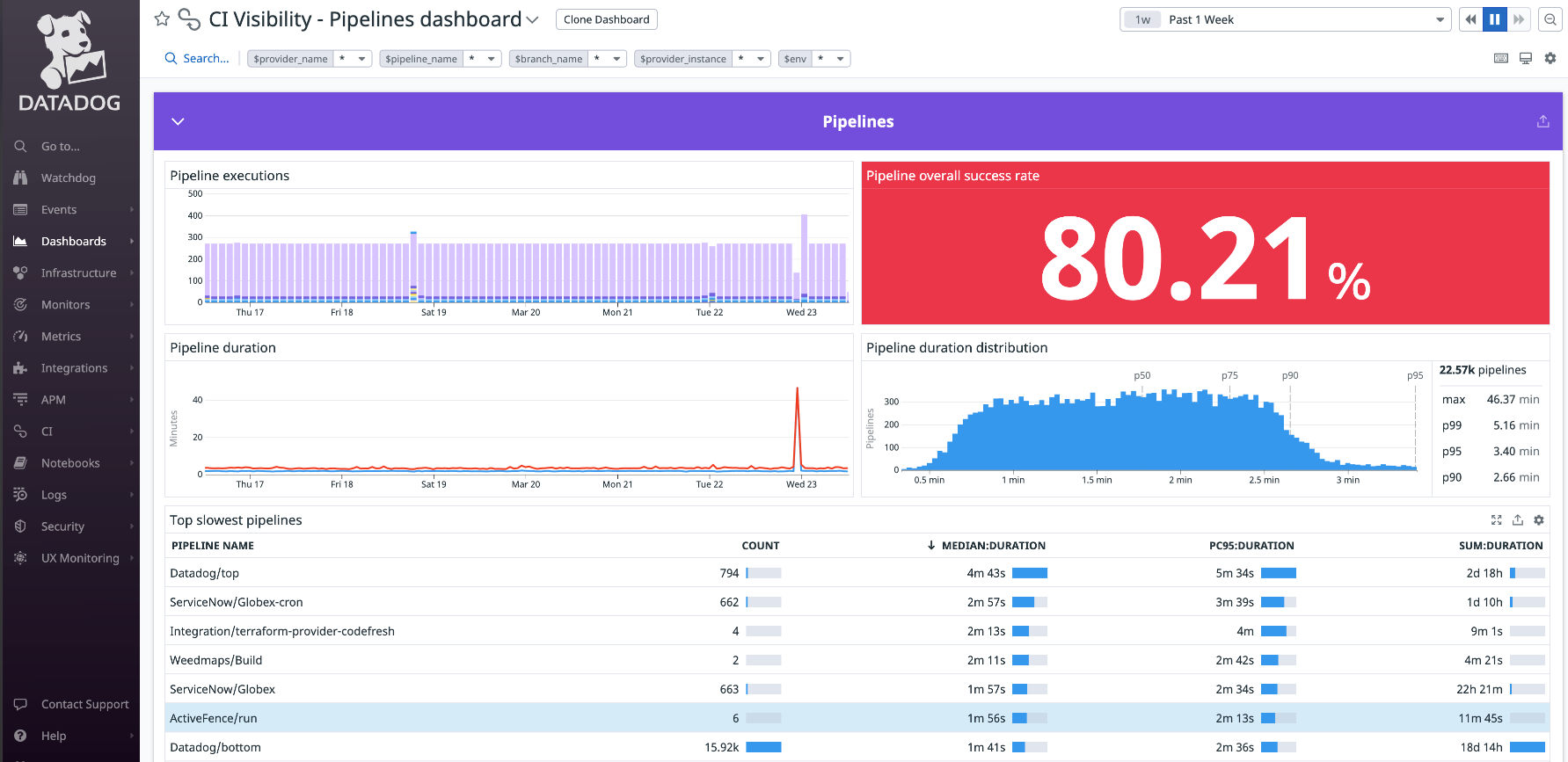
Cons:
- Very complicated UI
- No public playground
- Features mismatch and tend to overlap
5. New Relic
New Relic is a software analytics platform that provides comprehensive monitoring, troubleshooting, and data visualization capabilities for modern software applications and infrastructure.
New Relic is a leading observability platform based on distributed tracing. It provides the following functions:
- Real-time monitoring
- Trace analysis in multi-tier applications
- Customizable bar charts, line graphs, and more
- They also provide visibility into mobile application performance
Cons:
- Complicated user interface
- On the expensive side
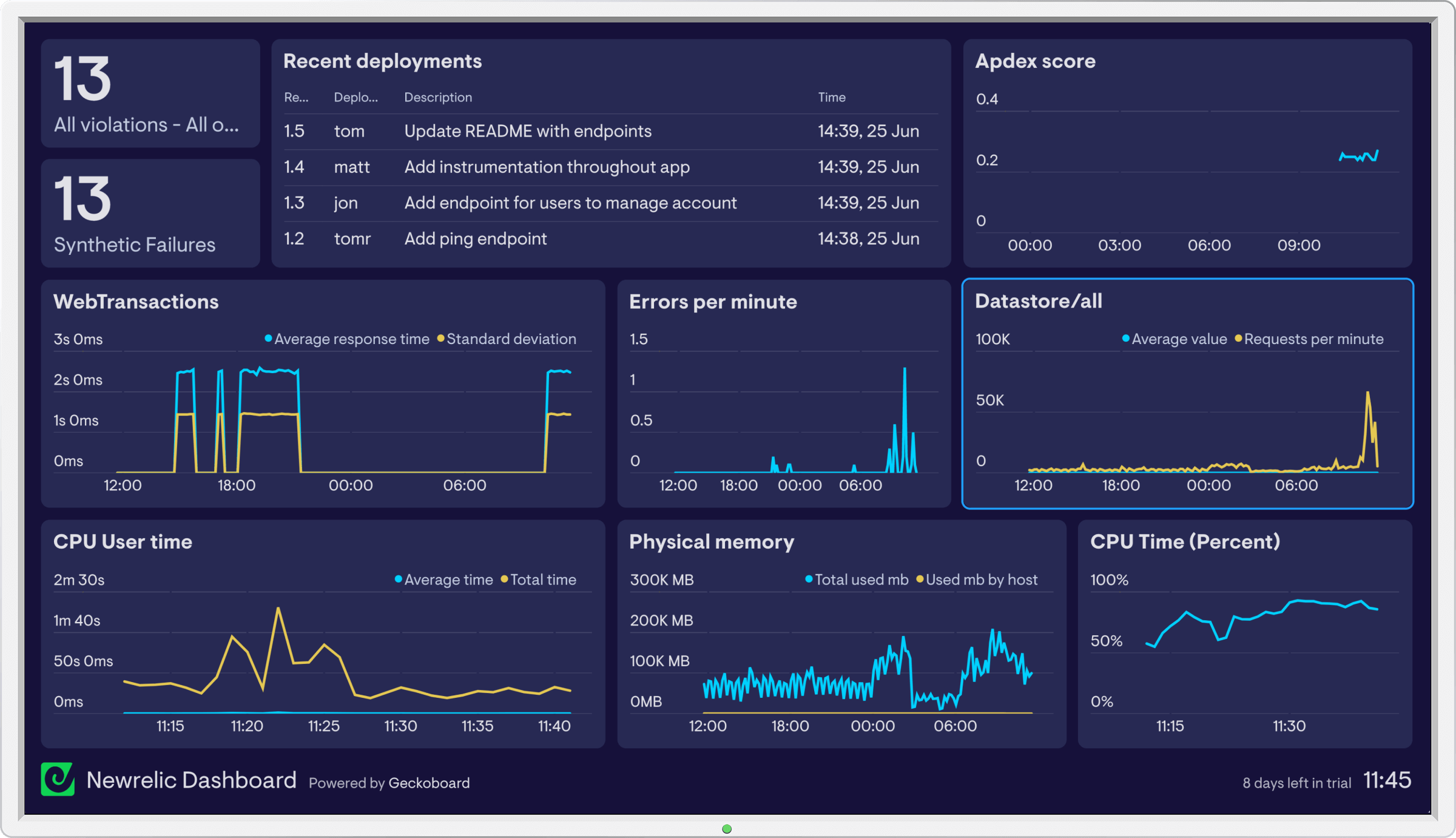
6. InfluxDB
InfluxDB is a real-time analytics data store that manages metrics, events, and real-time analytics. InfluxDB does not replace Grafana, but you can use it as a Grafana data source.
It is a time series database that visualizes data through its visualization tool, InfluxDB Chronograf.
- InfluxDB Chronograf provides a user-friendly interface for creating custom dashboards to display metrics, alerts, and other data.
- A range of pre-built templates
- Tools for exploring and analyzing data, including a query builder and the ability to interact with data in real time.
- Designed specifically for time series data, InfluxDB Chronograf provides a range of time series visualizations, including line graphs, bar charts, and more.
- Easy integrations to consolidate data from multiple sources in a single view.
Cons:
- Must be used with grafana or other alternatives
- Have to learn InfluxQL
- Slower than other time series database
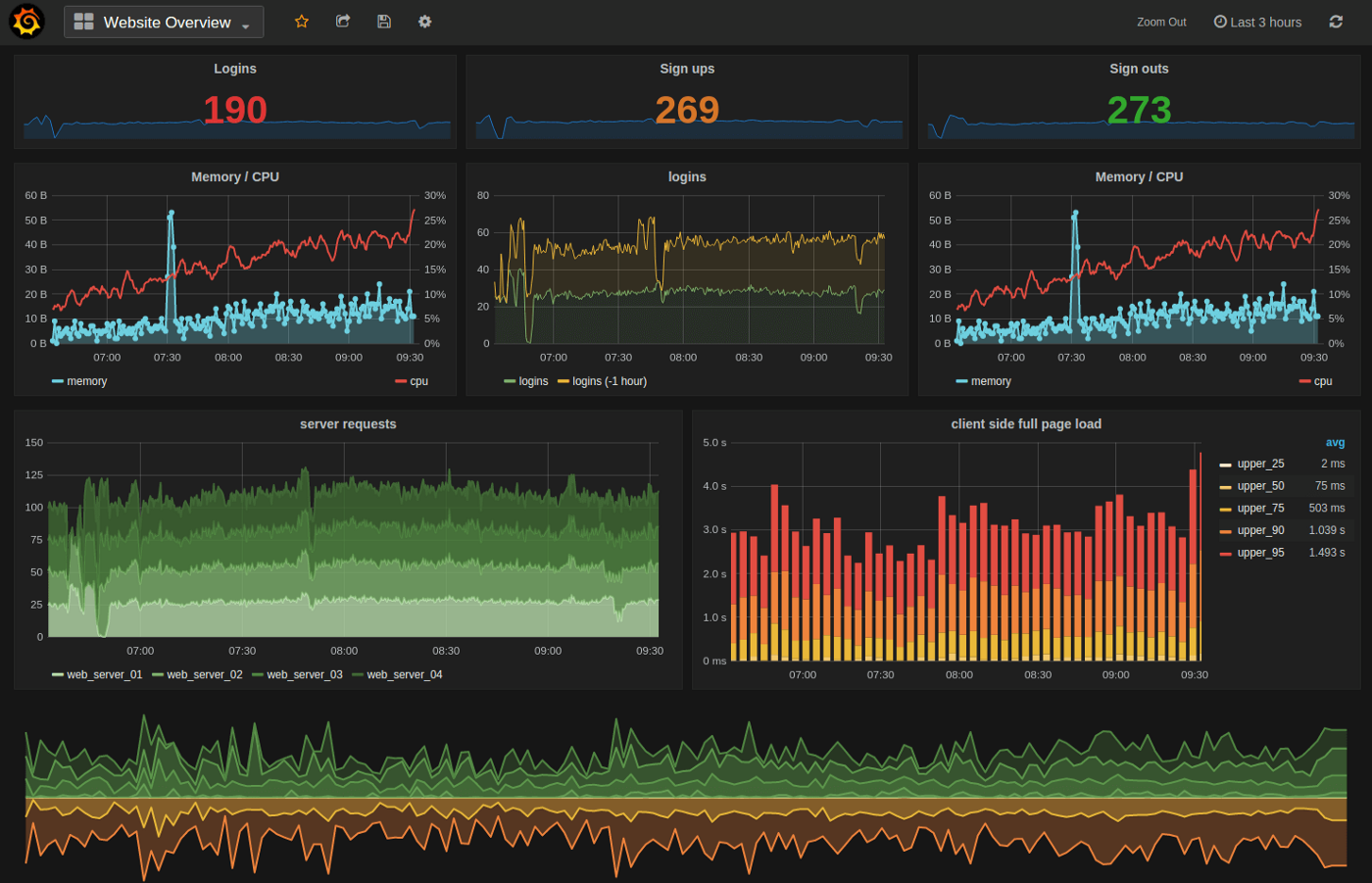
7. Dynatrace
Dynatrace is a software intelligence platform that provides comprehensive monitoring and data visualization capabilities for digital business applications and cloud infrastructure.
- Customizable dashboards with metrics graphs
- Interactive topology maps
- Dynatrace provides detailed traces of individual requests, showing the flow of requests through the different components of an application
- Dynatrace uses artificial intelligence and machine learning algorithms to automatically identify the root cause of performance issues, even in complex, multi-tier applications.
- It also provides real-time performance data, enabling teams to identify and resolve issues in near real-time quickly.
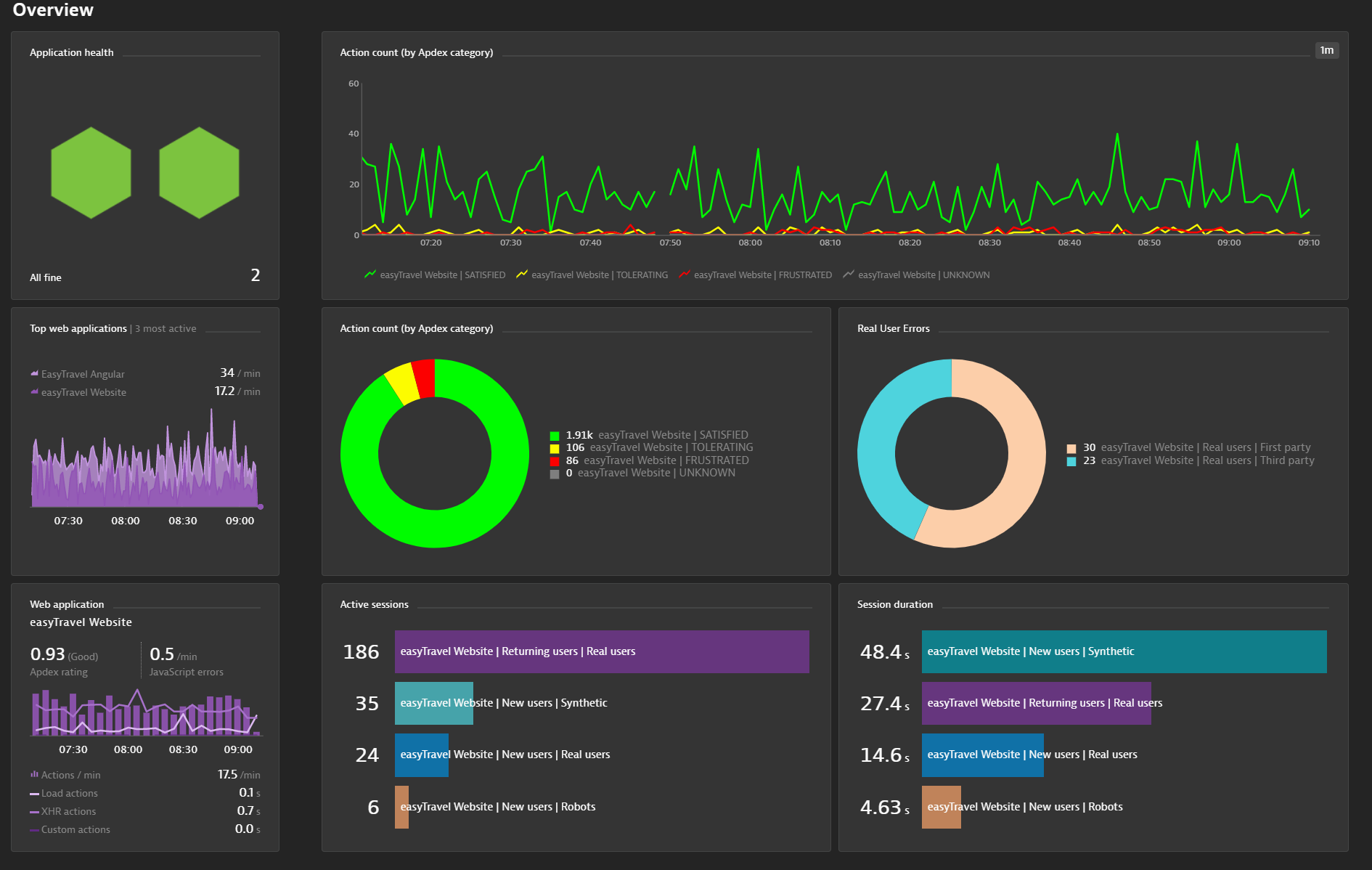
Cons:
- Problems of false alarm
- Unstable pricing model
8. Prometheus
Prometheus is a popular open-source monitoring and alerting system that provides data visualization capabilities. It records metrics in a time series database using an HTTP pull model.

Prometheus provides a web-based graphical user interface (GUI) for creating custom dashboards to display metrics, alerts, and other data.
- Prometheus provides PromQL for customizing dashboards
- It highly supports histograms, making the interpretation of data simpler
- Labels are key-value pairs that can be used to categorize and filter metrics, making it easy to compare metrics across different systems, applications, or other dimensions.
- Alerting features based on metrics threshold
Cons:
- Limited visualization available
- Scaling not feasible
9. Cyclotron
Cyclotron provides a range of interactive visualizations, including bar charts, line graphs, heat maps, and more, enabling organizations to display data in a way that makes it easy to understand and analyze.
With Cyclotron, you can retrieve data from numerous data sources, including Elasticsearch, Graphite, InfluxDB, Prometheus, and others.
- Drag-and-drop interface for creating dashboards and reports
- Cyclotron provides a range of data connectors, making it easy to connect to various data sources, including databases, cloud services, and APIs.
- Provides tools for filtering and transforming data
- Allows embedding, exporting, and sharing links
Cons:
- Not interactive
- Lesser pre-built dashboards
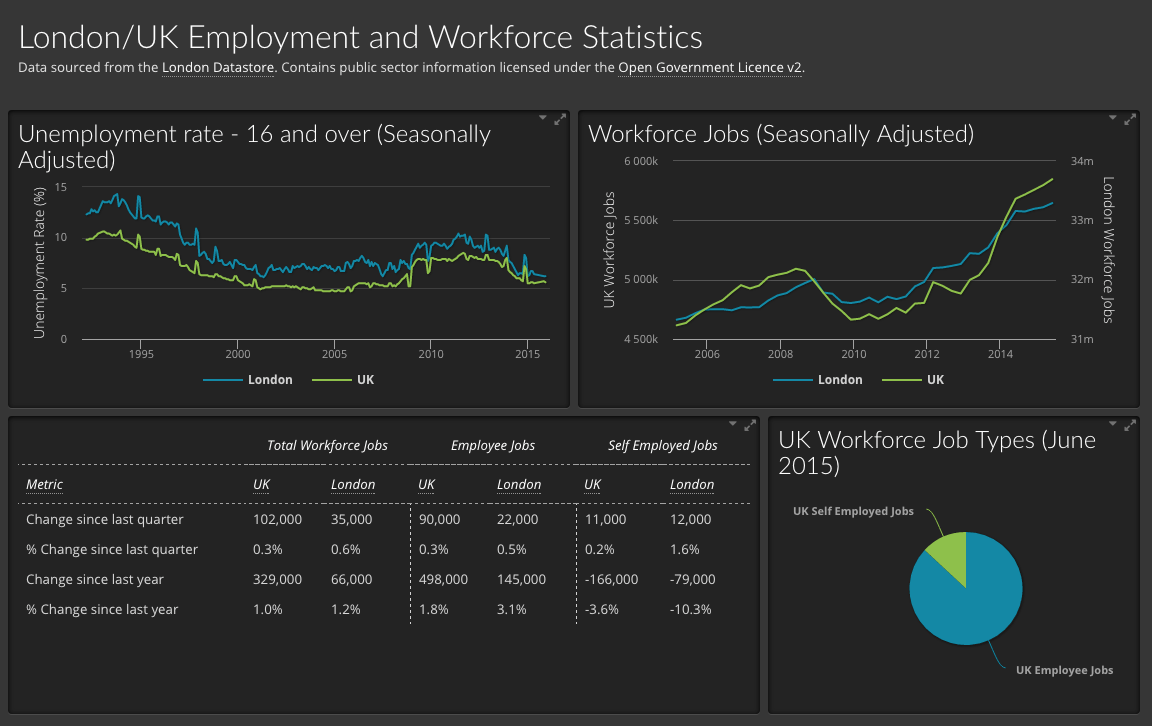
10. Redash
Redash is yet another popular data visualization platform. With drag and drop, easy navigation, and resizable visualization features, this tool can be handy. Also, sharing dashboards with your teammates is a breeze.
Its other useful features include:
- Querying in natural syntax
- More than 35 SQL and NoSQL data sources.
- Keyboard shortcuts and live autocompletion
- Cache management
- Custom snippets for frequently used codes.
- Integrations with popular databases and platforms
Cons:
- Complex SQL queries
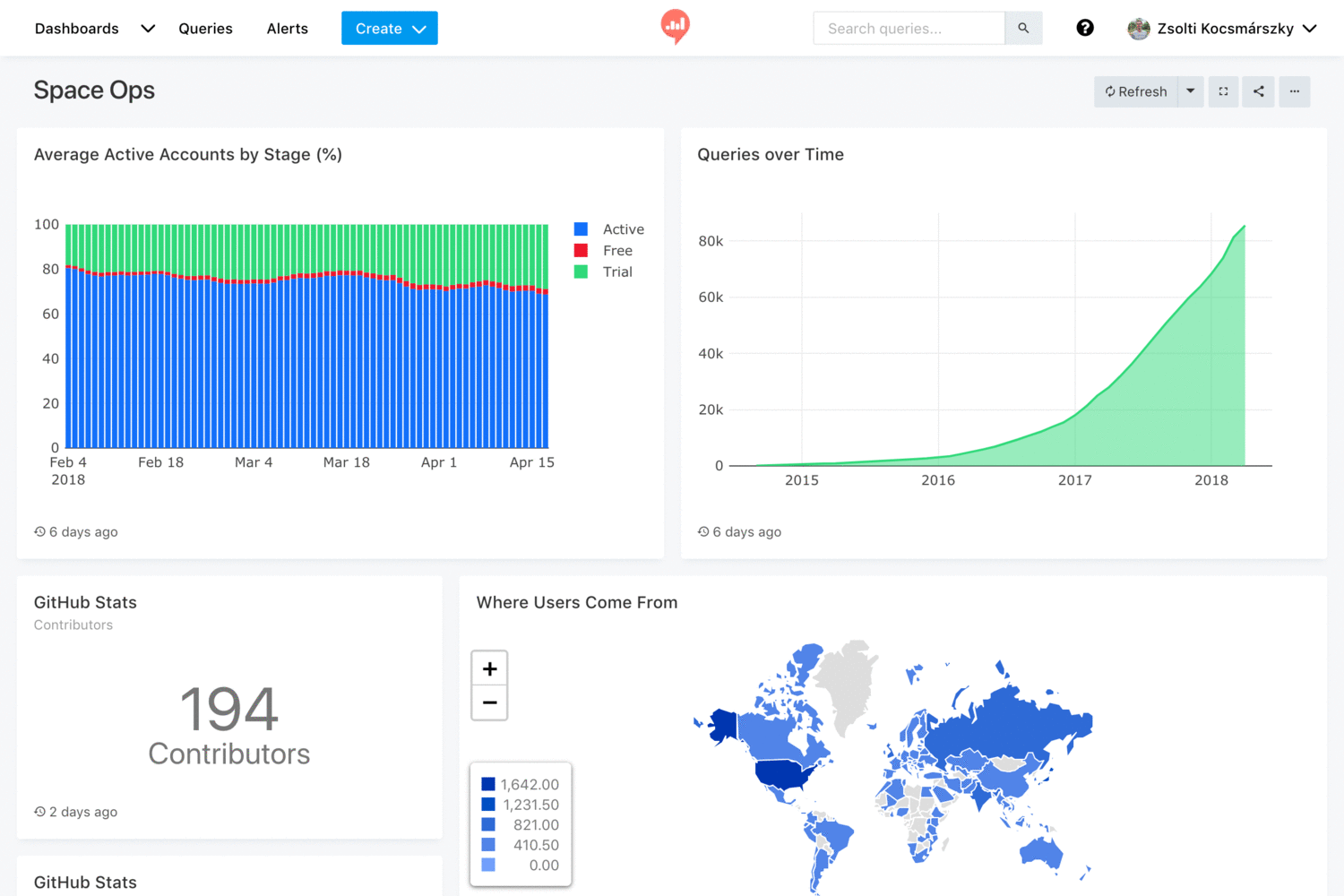
Conclusion
Data visualization is a complex task but very essential at the same time. It makes your program more transparent, and you can always have a hold on how things are getting done in your system and be vigilant about any performance bottlenecks.
Today apps and websites are becoming increasingly prudent; they don't afford any room for mistakes. Thus, it is imperative that we are on our toes as well.
And thus, we have come up with these data visualization tools that are showing improved performance and gaining more traction with the business partners and developers. As I always say, keep in mind your requirements, because at the end of the day compatible tools are better than expensive incompatible ones.
Monitor Your Entire Application with Atatus
Atatus is a Full Stack Observability Platform that lets you review problems as if they happened in your application. Instead of guessing why errors happen or asking users for screenshots and log dumps, Atatus lets you replay the session to quickly understand what went wrong.
We offer Application Performance Monitoring, Real User Monitoring, Server Monitoring, Logs Monitoring, Synthetic Monitoring, Uptime Monitoring and API Analytics. It works perfectly with any application, regardless of framework, and has plugins.

Atatus can be beneficial to your business, which provides a comprehensive view of your application, including how it works, where performance bottlenecks exist, which users are most impacted, and which errors break your code for your frontend, backend, and infrastructure.
If you are not yet a Atatus customer, you can sign up for a 14-day free trial .
#1 Solution for Logs, Traces & Metrics
APM
Kubernetes
Logs
Synthetics
RUM
Serverless
Security
More

